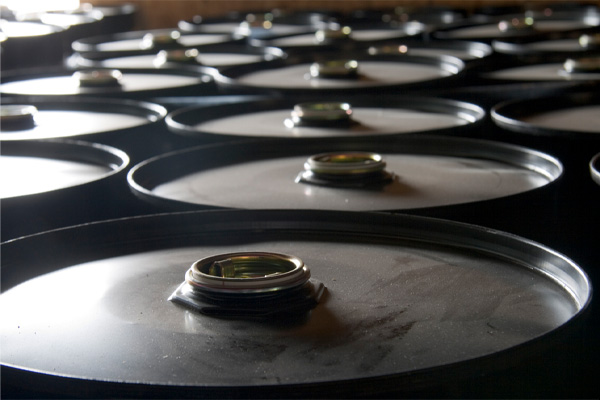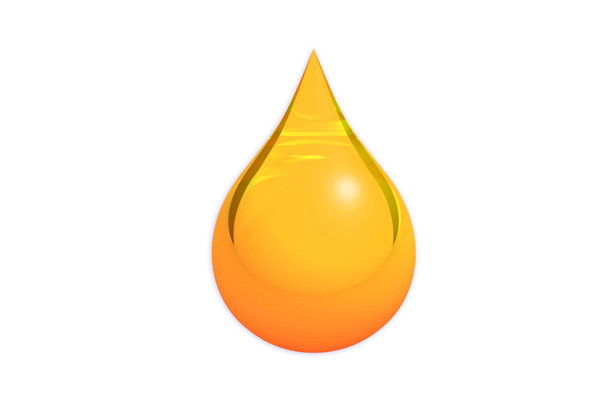What Is #2 Heating Oil?

Certain United States regions can have a challenging time during the winter season. The homes in these places need dependable heating systems to ensure the households’ safety and comfort. Therefore, tune-ups and stocking on heating oil are a must. There are several kinds of heating oil, and each possesses unique characteristics and applications. Some of the common oils include diesel fuel, kerosene, and #1 heating oil. There is also the #2 heating oil, which is the most essential one for residential use.
What Are The Different Types Of Heating Oils?
Fuel oils are byproducts that come from crude oil. The distillation process has many stages, and each stage results in different byproducts. This also means that their weights depend on the refinement degree they went through. Listed below are the lightest to heaviest distillates:
1. Kerosene

The lightest home heating oil is made through the refinement of #1 fuel oil. The impurities are also filtered out, resulting in a fuel oil that has a clean burn so it can be used indoors safely. It also has a lower boiling point and viscosity. One of its common uses is to power portable heat sources to be used outdoors. These are also usable in spaces that have no furnaces installed. Many homes depend on kerosene to heat their homes when there are blackouts. It is also used to light up the surroundings during camping trips. There are kerosene lamps that last for a long time, with some having pretty designs and odor suppressors.
2. #1 Fuel Oil
Kerosene has many similarities with #1 fuel oil. After all, kerosene was derived from it. Some of the differences they have are due to the processing time. Since #1 fuel oil has less processing time, it is slightly heavier and has more impurities and higher viscosity. It is typically used to power portable heaters and stoves for outdoor applications. It does not have a clean burn, so it is not fit for indoor use. It produces exhaust fumes that can be dangerous when inhaled. Using them outside will dilute the impurities in the open air so there wouldn’t be much harm to anybody.
3. Diesel Fuel

Diesel fuel is widely used across the US through fuel pumps. There are two kinds available: untaxed and taxed. Untaxed is distinguished by its red dye and is usually used to power construction machines and off-road cars. It contains low sulfur levels, so it is classified to be an eco-friendly option. On the other hand, taxed diesel has a natural light green color. It is typically used to fuel trucks and other cars for public roads. Unfortunately, it is also more expensive. Diesel in home heating applications is mixed with #1 fuel oil to reduce sludge during the winter season. It is recommended to consult a heating expert first before doing this.
4. #2 Fuel Oil
 Diesel fuel and #2 fuel oils have virtually the same chemical composition. However, they have different applications. The latter is tax-free to ensure its price remains low. This is an essential factor as it is used to keep homes warm during the winter. It is what powers our furnaces and boilers, making it a crucial commodity for every household. It is dyed red like untaxed diesel fuel and is commonly referred to as home heating oil because of its intended use.
Diesel fuel and #2 fuel oils have virtually the same chemical composition. However, they have different applications. The latter is tax-free to ensure its price remains low. This is an essential factor as it is used to keep homes warm during the winter. It is what powers our furnaces and boilers, making it a crucial commodity for every household. It is dyed red like untaxed diesel fuel and is commonly referred to as home heating oil because of its intended use.
A blend of #2 fuel oil and #1 fuel oil can be used if you want to have higher furnace efficiency and lower viscosity. This mix is often called the home heating oil winter blend or the kerosene mix.
Diesel fuel and #2 fuel oil can be used interchangeably in theory, but this is not generally practiced. If your furnace ran out of fuel and deliveries cannot be made right away, you can buy diesel from a nearby pump and use it as an alternative. It is not practical to use it unless it’s for emergencies because diesel is still costlier than #2 fuel oil. However, do not use #2 fuel oil to power a diesel car. This is an illegal practice, and you can face charges when caught. Always adhere to the law and use each fuel oil for its intended use only.
#2 Fuel Oil For Home Heating
#2 fuel oil is the most widely used home heating fuel out of the four above-mentioned options. It has a high BTU rating, meaning it generates high amounts of heat. Trucks are sent out by the fuel oil company when you need to have your oil tank refilled. The oil supplier will inform you if they have other blends that might suit your specific situation and needs. For instance, you could have a tank installed outside, making it more vulnerable to the cold. If this is the case, you can use a blend of #1 and #2 fuel oils so that you have something that does not form sludge easily. If you want a fuel that produces a cleaner burn, you can mix #2 fuel oil with kerosene.
Call R.F. Ohl for Solutions to Ensuring Comfort in Your Home

If you need to have heating oil delivered to your house, call R.F. Ohl. Our prices for quality discounted heating oil are the best. We also offer efficient heating solutions for your family and home.
The expert technicians on our team are equipped to handle any HVAC repair or maintenance. Contact us to hear about our various services. We can assist by answering your questions and concerns. For more information about our efficient HVAC services or oil deliveries, call R.F. Ohl today!
Call us today to learn more. Click here or call us at (610) 377-1098 to contact us today!
Posted in Heating Oil • Tags: #1 vs #2 heating oil, #2 heating oil vs off road diesel, 2 heating oil near me, 2 heating oil vs diesel, 2 heating oil vs kerosene, can you mix kerosene and home heating oil, difference between #1 and #2 heating oil, fuel oil 1 vs 2, heating fuel delivery, is #2 heating oil the same as diesel, what is home heating oil, what is the difference between diesel fuel and number 2 heating oil
